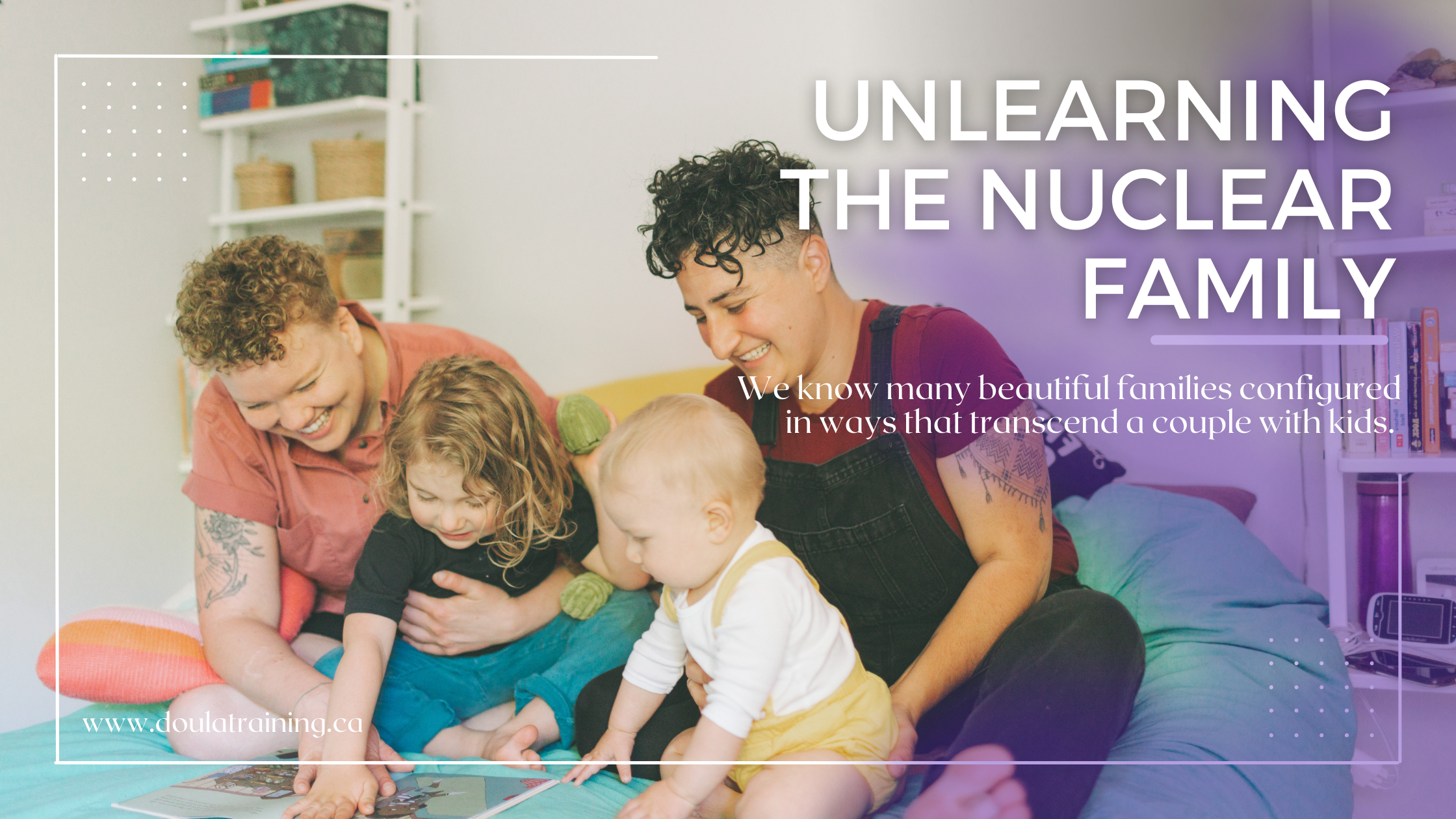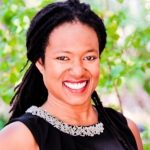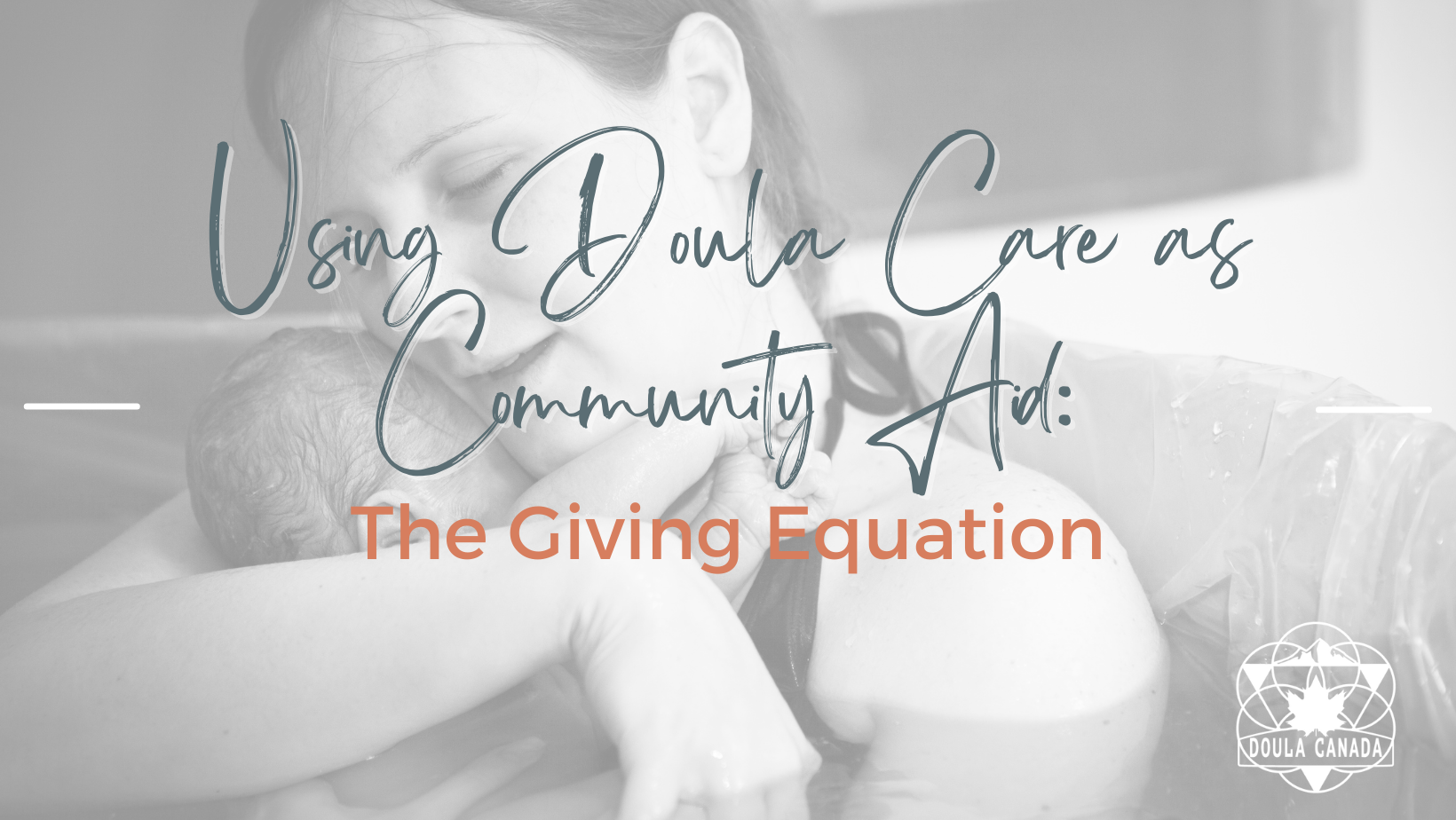[vc_row][vc_column][vc_column_text css=”.vc_custom_1701109787897{margin-bottom: 0px !important;}”]For our observance of UN Women’s 16 Days of Activism Against Gender-Based Violence, we reflect on how doulas are involved in ending obstetric violence at the individual and systemic level. Reflecting on this year’s theme, we call on governments and insurance providers to Unite and Invest to Prevent Violence Against Women and Girls by funding better access to doula care.
Where we need to go
As doulas, companions, and birth keepers, we know in our bones that our presence alleviates the challenges of birth and new parenthood and supports people to have joyful, transformative experiences during this major life event.
A growing body of research supports our intuitive knowledge. Doula care is an effective perinatal intervention that reduces the need for medical interventions, including c-sections, decreases low birth weight and preterm births, and improves satisfaction with childbirth and postpartum well-being, among many other benefits. These benefits have the biggest impact on families adversely affected by the social determinants of health, including low-income, and racialized people (Cidro et al., 2023; Greiner et al., 2019; Kozhimannil et al., 2016; Marshall et al., 2022; Ramey-Collier et al., 2023; Robles, 2019; Thomas et al., 2023; Wodtke et al., 2022; Young, 2022).
Yet, despite this, only 6% of birthing families receive support from a doula. Doulas are usually paid by families out of pocket, and care is not usually available to the populations for whom having a doula might have the greatest impact.
Some exciting changes are happening in the United States. Starting from around 2020, several studies found that racialized birthers and newborns experienced much poorer outcomes than their white counterparts, including an increased likelihood of death. This disparity was most significant for black people. These studies opened a floodgate of conversation about a Black maternal health crisis in the US. State healthcare systems are under significant political pressure to find solutions. Doula care is seen as a critical intervention that improves outcomes for racialized birthers and babies, and many Medicaid-funded doula programs are emerging (Rochester, Delaware, Michigan).
Sadly, Canada is lagging in finding innovative ways to make doula care accessible. One reason for this is that it is harder for researchers and advocates to demonstrate similar racial disparities because Canada does not collect race-based data. There is ample anecdotal evidence that Black and Indigenous people experience the same medical racism that has been identified in the US, but individual accounts can’t provide the level of “proof” that makes a strong case for funding.
That being said, a recent study by obstetrician researchers at McMaster University learned that birthers in Canada experience a high rate of operative vaginal deliveries (forceps or vacuum) and has higher rates of 3rd and 4th-degree tears than any other high-income country (CTV, 2023). Continuous support from a doula during childbirth reduces the need for interventions like operative deliveries.
Call to Action for International Day for the Elimination of Violence Against Women (November 25)
Whether you are a birthworker, a birther, or a concerned citizen, you can add your voice to the call for better access to doula care by doing two things:
- Write or call your Member of Provincial Parliament (MPP) and let them know you want coordinated public funding for doula care in your province’s healthcare plan.
- If you have extended health coverage, call your insurance carrier and let them know you would like doula care to be an insured healthcare expense. More insurance companies covering doula care would make this support accessible to many more families.
Birthworker Affirmations for 16 Days
We use affirmations to buoy our clients, but what about using them to protect ourselves from burnout as we extend compassion to clients and act for systemic change? As part of our observance of 16 Days of Action Against Gender-Based Violence, we offer these 16 affirmations to support you on your birth work journey.
- My work humanizing birth humanizes communities. The merits of this work are limitless.
- My practice of self-compassion is integral to my ability to extend compassion to my clients.
- Changing one life changes everyone’s life. By supporting each person I honour our interconnectedness.
- My actions can make a difference.
- I will manifest the village I need to support me to continue manifesting change for birthers and families.
- By facilitating a non-judgemental space, I play an invaluable role in creating a safe space.
- By creating a sacred space for birth, I bring great joy to families, which increases my own joy.
- When I remember to take a deep breath, my client is reminded to breathe deeply.
- With collaboration and determination, we can realize humanized, empowering birth for all families.
- My acts of service provide a blanket and a shield to families at their most vulnerable.
- My compassionate presence and loving words are a powerful antidote to suffering that can exist within birth, making space for more joy.
- By inspiring birthers and families to believe that physiological birth is possible, I play a tangible role in making physiological birth attainable.
- I will preserve my energy for the real struggle.
- It is a blessing to walk alongside families during this intimate and transformative time, for which I am deeply grateful.
- With deeply rooted compassion, I can be a willow or an oak in service to my clients’ needs.
- With the birthwork community’s diligence, one day all births will be humanized births. I am honoured to be a part of this movement.
Keira Grant (she/her) Inclusion and Engagement Lead – Racialized Communities
Keira brings a wealth of experience to the Online Community Moderator role. She is a Queer, Black woman with a twenty-year track record in Equity, Diversity, and Inclusion (EDI) education, projects, and community building initiatives.
We invite you to practice with the ones that resonate with you. Please share any of your own affirmations that would support the birthwork community.[/vc_column_text][/vc_column][/vc_row]
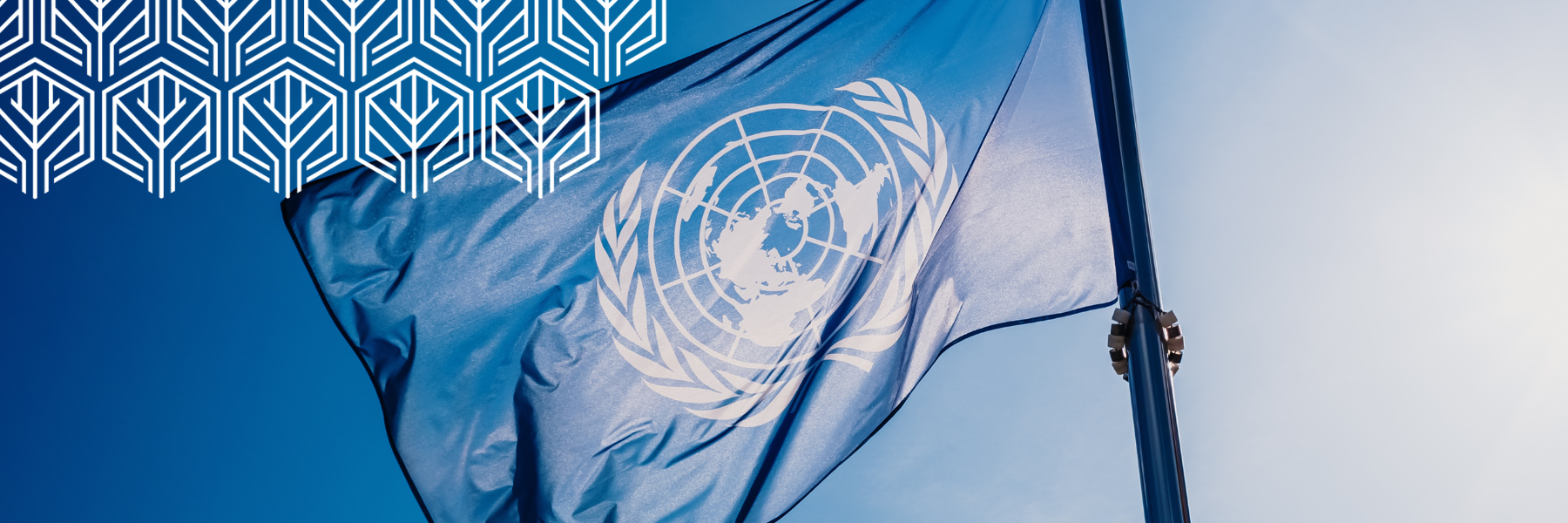
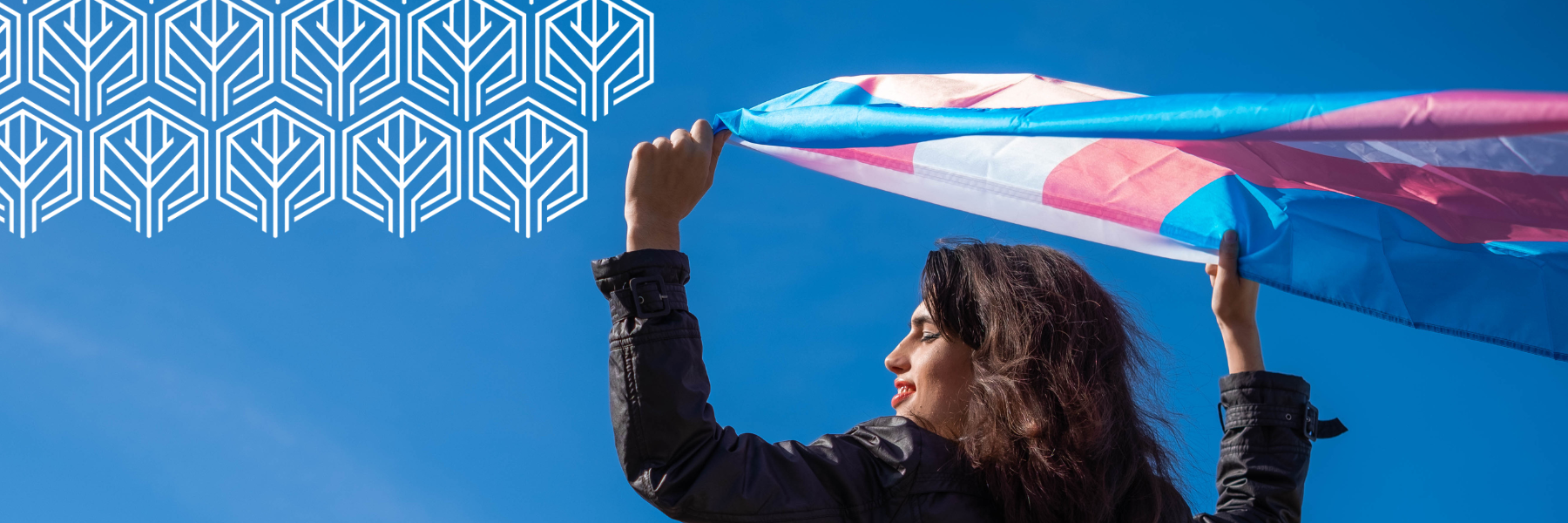
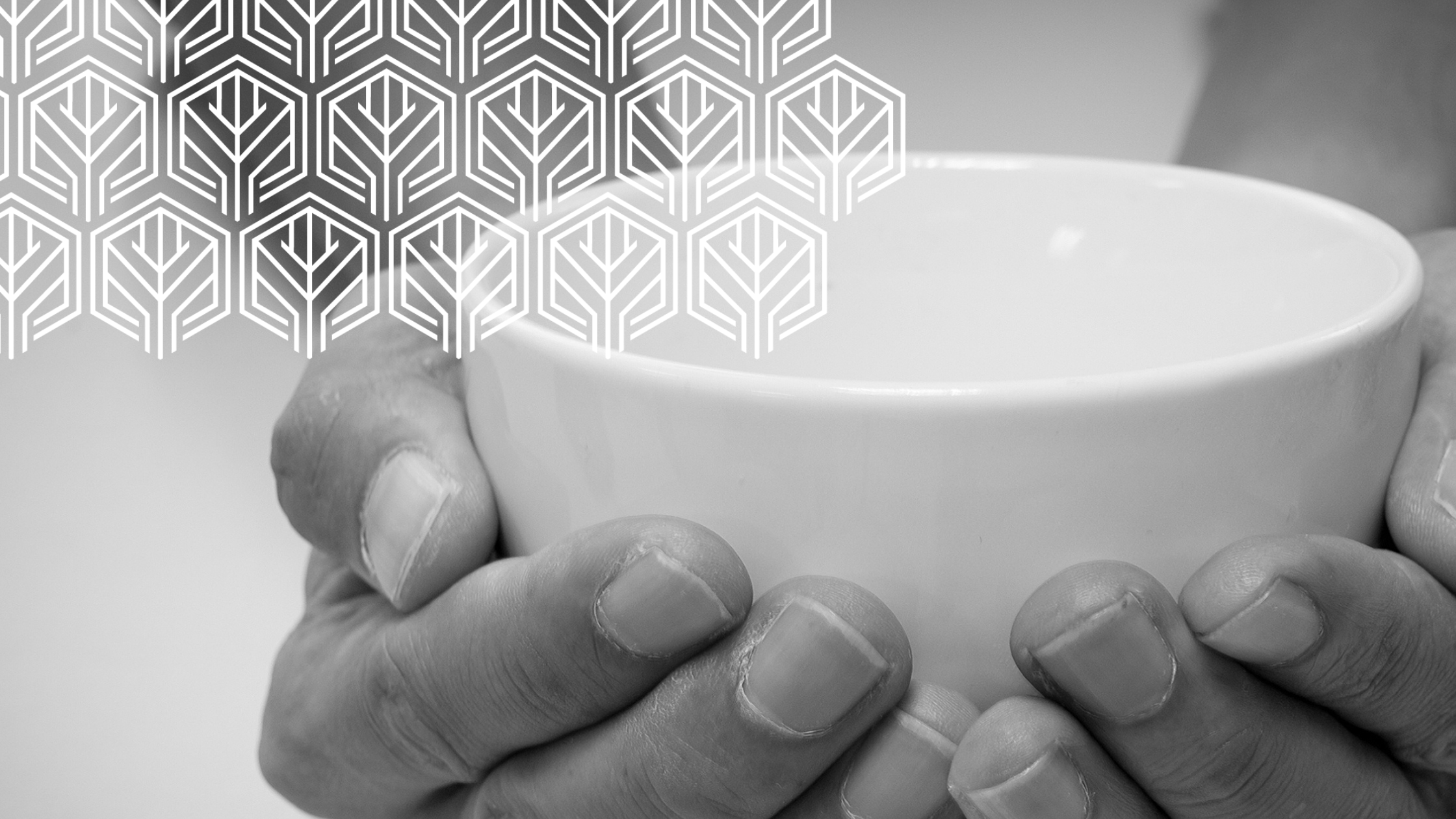
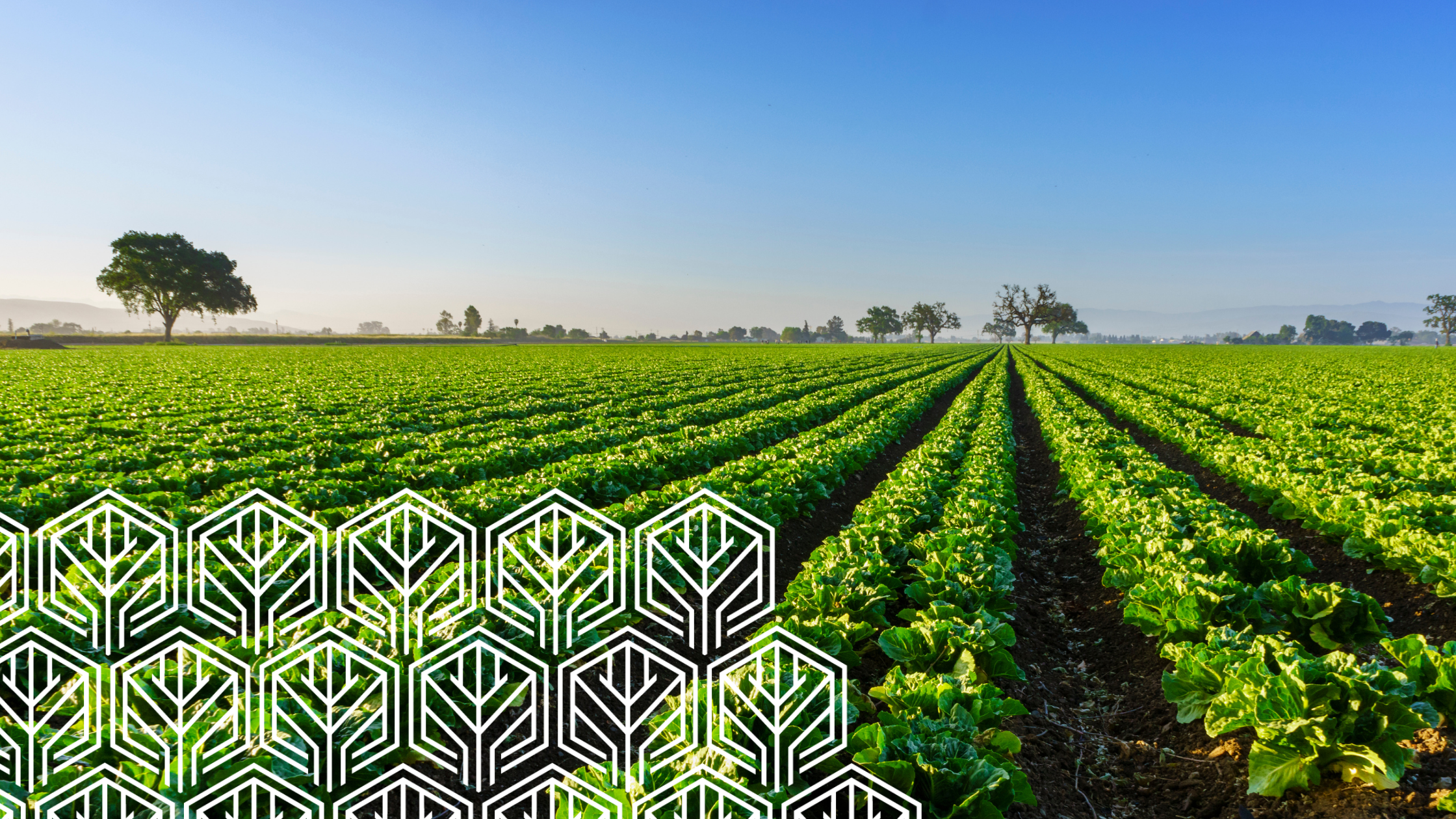
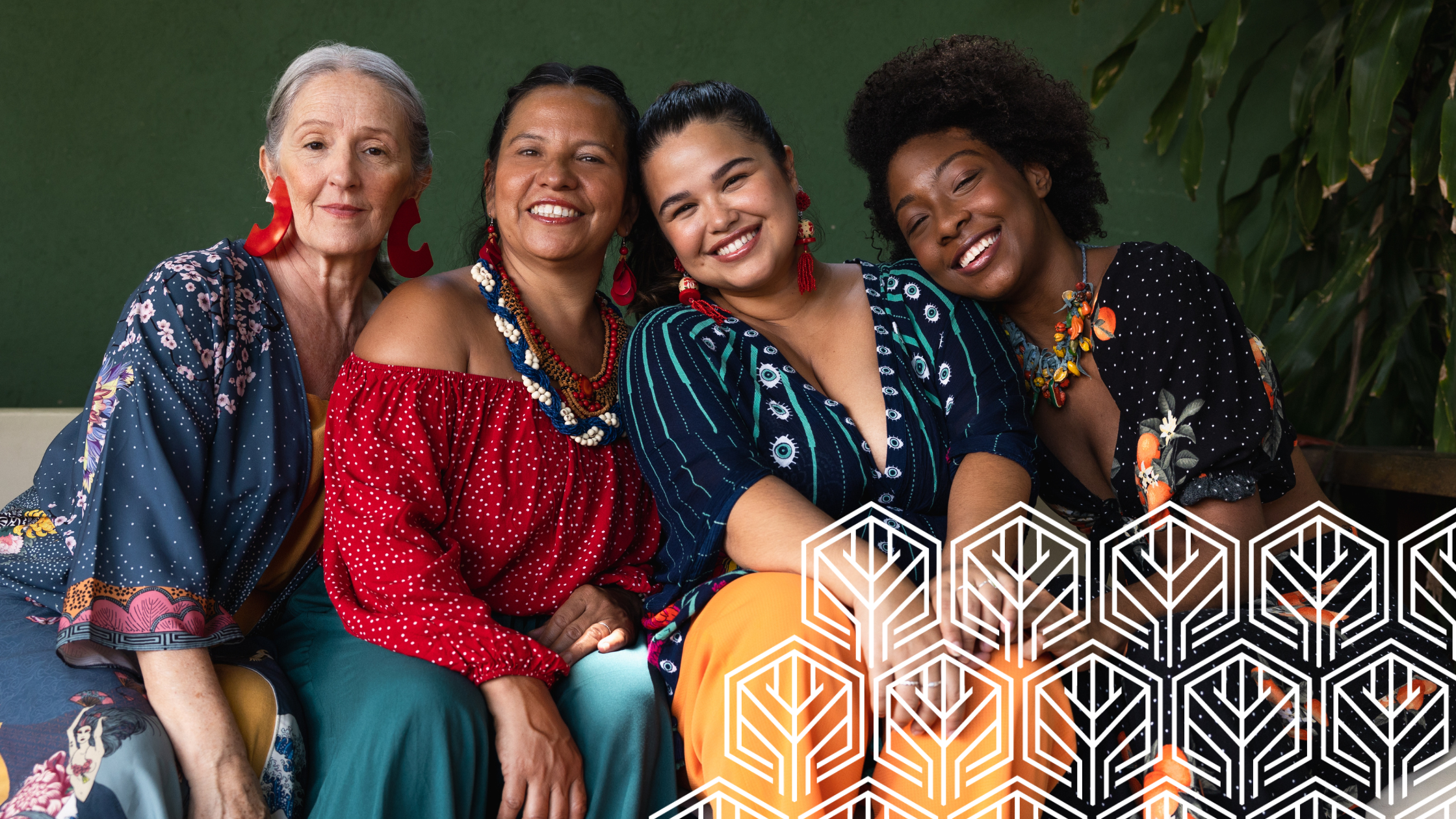

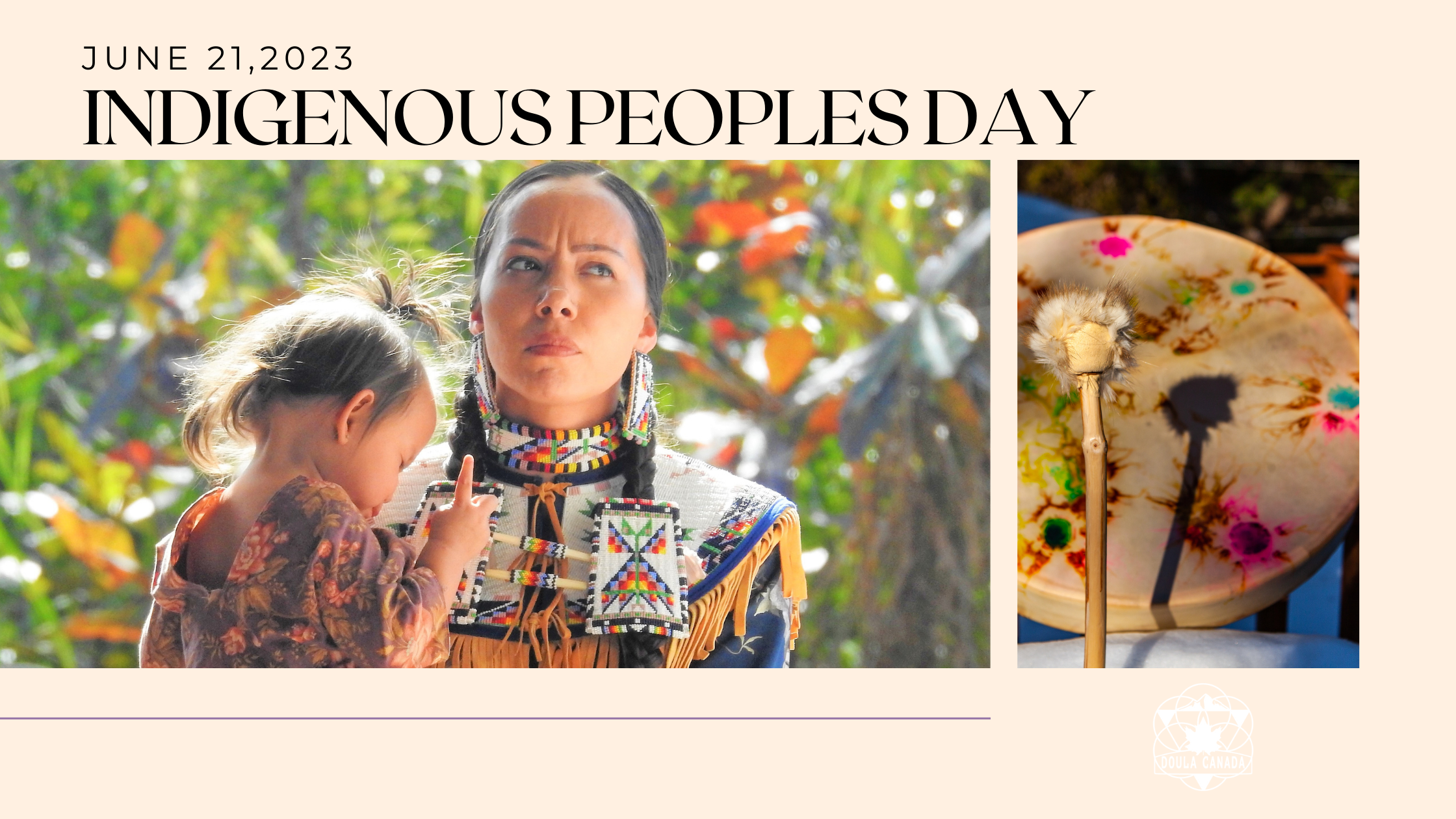
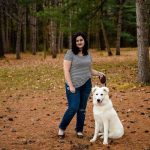 Kayt (she/her) Inclusion and Engagement Lead, is an Anishnaabe kwe from Bonnechere Algonquin territory and the owner of Sweetgrass Solace Wholistic Support. Her post-secondary education includes a Bachelor of Social Work and Bachelor of the Arts in Indigenous Studies from Trent University (2021). She is also a certified hatha yoga teacher and a certifying birth and postpartum Doula.[/vc_column_text][/vc_column][/vc_row]
Kayt (she/her) Inclusion and Engagement Lead, is an Anishnaabe kwe from Bonnechere Algonquin territory and the owner of Sweetgrass Solace Wholistic Support. Her post-secondary education includes a Bachelor of Social Work and Bachelor of the Arts in Indigenous Studies from Trent University (2021). She is also a certified hatha yoga teacher and a certifying birth and postpartum Doula.[/vc_column_text][/vc_column][/vc_row]